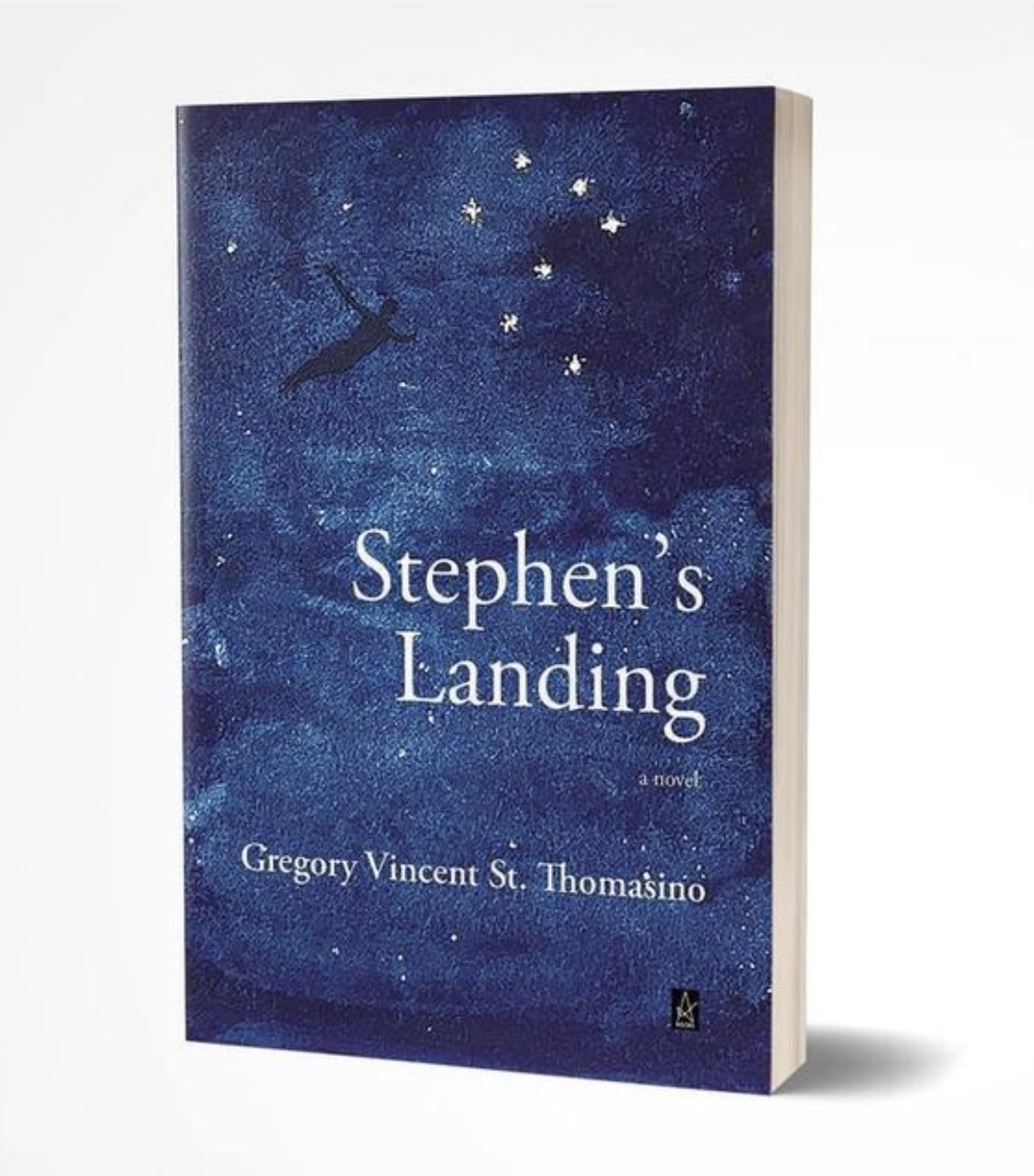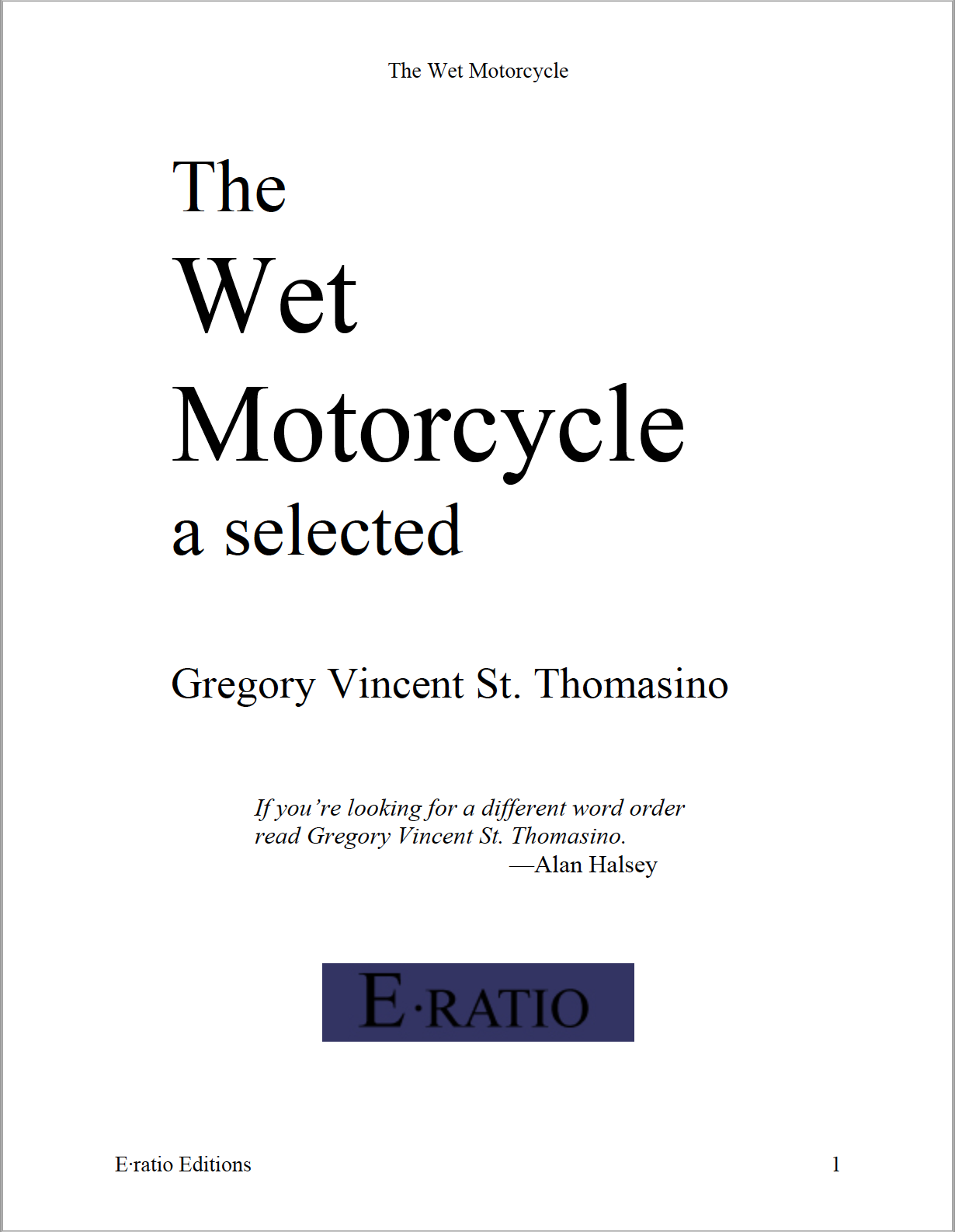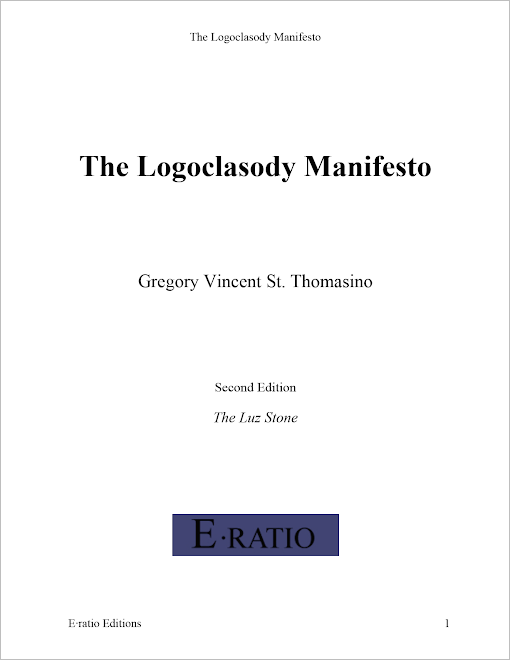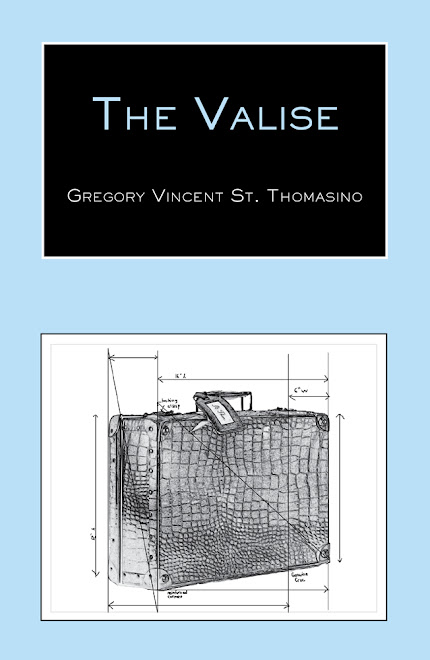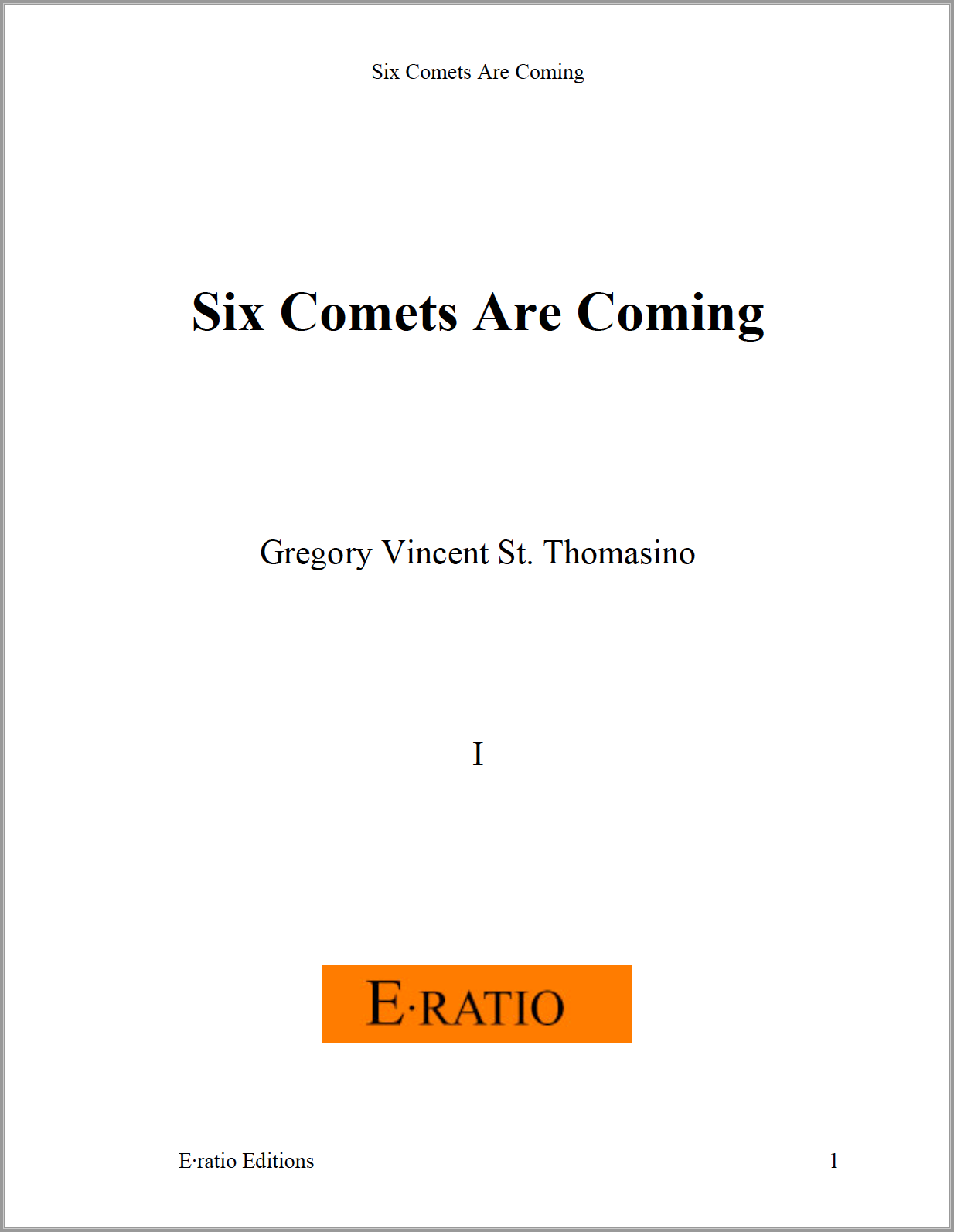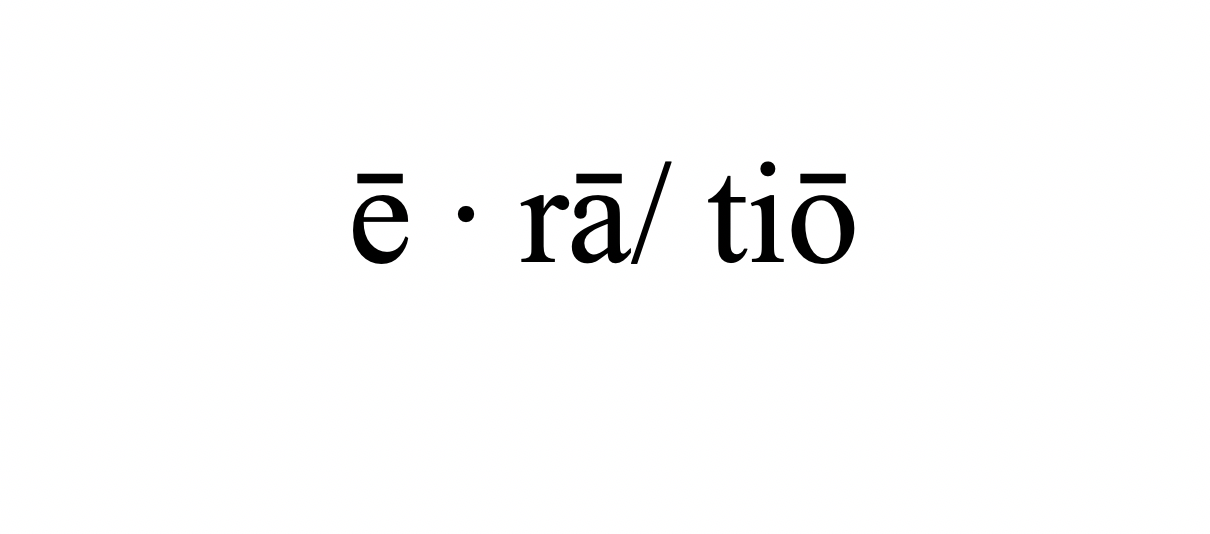More from my archive of reviews: Here are three I wrote for Jennifer Bosveld's Pudding Magazine. Of these, only the first one appeared in Meat Epoch (Meat Epoch #18, March 1995), the other two were published in Len Fulton's Small Press Review. I am happy to report, Pudding Magazine, and Pudding House, and Ms. Bosveld, for that matter, are still going strong.
PUDDING MAGAZINE: The International Journal of Applied Poetry
(#24, 1994) Pudding House Publications. 74pp. $6.75. ($15.75, for 3 issues.) ISSN: 0196-5913
There is an aura surrounding Pudding Magazine, an aura in part cast by the published viewpoints and practical to-dos of its editor, Ms. Jennifer Bosveld, and in part cast by its longevity, a longevity nourished by the caliber and stylistic diversity of its contributors. For Ms. Bosveld’s part it is foremost her perseverance—it is her faith in and commitment to poetic expression, and to poetic expression as cure. But while her commitment is unaffected, her faith is not naïve. Let us define cure as the realization and cultivation of “poetic sensitivities,” the insight “to identify challenges and solutions at significant moments in our lives.” This grants a purpose to poetic expression that extends beyond the sheer aesthetic; this psychology allows that through poetic expression—that is, generally speaking, through the artistic, the deliberate bringing together into words of one’s personal and distinctive feelings and impressions and gone-throughs accrued via direct life experience—one may, if not defeat adversity, nevertheless make of that adversity such as can be gainful, tolerable, and perhaps, eventually, the liberating jewel, for both writer (in the form of a catharsis, a relief from tension, the breaking of inhibition, self awareness, a knowledge or lesson obtained, there is generally some hygienic merit) and reader respectively. Thusly, then, though not exclusively, does Ms. Bosveld exercise her privilege as editor.
Being chief editor of an established and time- & trial-honed small magazine, Ms. Bosveld is at once privileged and fated to preview hundreds of manuscripts, consequently acquiring for herself an almost confidential knowledge of the latest, the best, the worst, the most promising and the most obtuse of our poetic afflatus. This confidential knowledge stands beside her privilege; it is as much her honor—her distinguished opportunity—as it is her forte. The poems she has selected for Pudding #24 have recognizable points in common: There is, perhaps above all, a frank correspondence to the workaday world, to the actual (if not familiar) lived realities of towns and cities, farms and classrooms, in kitchens and in cars, and in vivid dislocative* narrative; these are lives we can recognize and appreciate; conditions and situations we can understand and, maybe, identify with. The imagery is pictorial and aural and concrete, the setting is seen as well as heard, the poem has local color, has ambience, these poets have ears. And in these narratives, the sentiments and delicacy of feelings and emotional (and ideational) appeals are appropriate—so that they have a versatility; we are susceptible to them and they belong to us all. Stylistically, their diversity is for the most part a matter of tone or voice (which is not to say a prime specimen of a particular literary art will be of course excluded). This correspondence, and concrete imagery, are the primary characteristics of realism; however realism also treats us to symbols and archetypes and to a moral and psychological depth; realism can be “unsophisticatedly” folksy and “naïve,” as well as stylized or refined to a “high” sophistication. Turning adversity, even the workaday, into poetic expression can result in an intensely personal confessional poetry (a sort of special pleading, say, for forgiveness or re-acceptance, even an exhibitionism), but in its most accessible and useful transfiguration (and indeed, what seems to appeal to Ms. Bosveld most), something approaching realism, or the extra-personal, if you will, may be the desired effect—along with some sense of acceptance, if not total overcoming.
All works of art are in a sense (most likely, unintentional) personal documents, but not all personal documents are strictly speaking works of art. The idea of an “applied poetry” also involves—beyond the disclosure of poignant reflections of human thought and feeling—the considerations of example and service. Outside of Pudding Magazine, two works, or documents, come into mind: Autobiography of a Schizophrenic Girl, presented by Marguerite Sechehaye, and Mars, by the pseudonymous Fritz Zorn. It is questionable, whether either of these documents (both extreme cases) can pass for a work of art (notwithstanding passages of extraordinary flight), but they are rich in frank and exacting disposition, description and disclosure, rich in raw self-analysis and remarkable psychological acuity, and both writers were able to express themselves and adapt themselves to their intention; both works are specimens of the applied. The assumption that someone has something to say and would benefit from saying it, is the basis underlying applied poetry. The realization and cultivation of the expressive and adaptive aspects of such are paramount goals for the instructor of an applied poetry program. These considerations are clearly acknowledged and surpassed by Ms. Bosveld, who has devoted much thought and scholarship to the matter, here and in her sourcebook, Topics for Getting in Touch, now in its tenth edition.
*Dislocation refers to narrated events, intentions, etc., less the benefit of depictive locale, usually but not limited to imaginary events.
Pudding Magazine: The International Journal of Applied Poetry #32, Dec., 1996.
Edited by Jennifer Bosveld. 3 / yr; 80 pp. Pudding House Publications. $18.95 / yr, $6.95 / copy.
Pudding Magazine is going strong approaching the close of its second decade. Founding publisher and editor, Jennifer Bosveld, has with gifted sensibilities and model resolve kept the proceedings on a steady course, veering only towards improvement. While keeping to the magazine’s express purpose, the foundation, demonstration and promotion of applied poetry (a term originated by Bosveld to signify the beneficial role the creative process can play in healing, learning, working and integrating with society), there is also a liberal commitment to bringing forth fine contemporary and experimental writing. (It’s clear that at Pudding the term experimental is not used as an apology for bad writing; rather, here it means writing that does not restrict itself to familiar plays of language, writing that purposefully departs from traditional models.) With applied poetry, the foremost objective, it seems, is to remove task-attitude constraints which can otherwise control production; the purpose is to keepsafe the writer’s subjectivity while helping him become much less self-conscious. And when shared, the turning points in a life are exposed to view, and this can revise a reader’s perceptions and sensitivities. Thus Pudding is of service both to writers and to readers. There is also a commitment to Virtual Journalism (another term originated by Bosveld), which is concerned not with the reportage only but the transmutation of experience into art, but while this may sound pretty familiar, it’s actually quite a specialized art form.
Featured in #32 is Willie Abraham Howard, Jr., and from his excerpted letters and poetry it’s clear he does not suffer from dictaphobia, he speaks his heart with a vividness and penetration. This is just the sort of writer Bosveld is pleased to discover. Mr. Howard’s place is Southern-urban, or else any black enclave just outside or enclosed inside a city. Howard is shrewd and to a degree worldly-minded, but he is not wearied or cynical; he has learned, and probably early on, to keep a psychological distance, and this is key to his style of portraiture—when his feelings enter the narrative, it is not to pass judgment, but to register his affections. But Howard has a secret weapon; he has the ability to translate meaning into value, and value into poetry. (The author’s expression need not only take the form of a shriek.) In the poems presented here, we see the contrast between the poet’s ideal and his reality. In “Rockbitch In Vine City,” the slang phrases are disturbing, but still they are only language; with minimum detail Howard tells of a woman prone to prison and drug abuse, yet despite her wrecked life there remains something inviolable about her; she is still a human being.
All the writing in Pudding has a direct connection to some or other lived experience; depending on the style of the author, this connection can be more or less concrete. And as in Ralph S. Coleman’s short story, “Off the Main Road,” the connection can take the form of a revelation, an awakening either to or out of a self-deception. Ben Miller’s “Tiny Tales of Mayhem, Madness and Murder” is something of a ringer—it’s typical of Bosveld to include a piece that is so refreshingly unusual yet still suits her purpose. These really are tiny tales, excerpts from a longer work; brief paragraphs, each one with a well wrought twist. Miller may well remind the reader of Calvino; we cannot possibly foretell the last sentence or word but when we read it we are treated to the ah-hah effect. Because of the remarkable quantity of submissions received, Pudding is able to publish three big issues a year, and submissions meet with an amazingly efficient turn-around time (manuscripts are read the day received; this is more than a practicality, this is a courtesy to the authors, and one worthy of emulation). It shouldn’t be long before The Best American Poetry acknowledges Pudding with their selection. Always begin with a SASE for guidelines.
Pudding Magazine: The International Journal of Applied Poetry #40, Spring 2000.
Edited by Jennifer Bosveld. 66 pp.
Pudding House Publications.
$18.95 / 3 issues, $7.95 / copy.
http://www.puddinghouse.com
Pudding’s motto reads in part, Poetry Applied to Intentional Living. The idea, really the principle, of “intentional living” has been with me a long time, even before I found proof of it in Rilke, in Shotetsu, and in Thoreau. It has more than anything else informed my writing, and, just as importantly, my reading, of poetry. For I conceive of the poem to be a document, behind which there lies a life, a person, a history. The poem is, in a sense, a constellation of sensibilities, drawn from the personal night sky of the poet—and sometimes, should the stars be so aligned, we can make out the outline of an archetype.
Now the enjoyment of poetry is not only a matter of these words, these images, this particular circumstance, the enjoyment is in where the poem takes you. Reading Greg Kosmicki’s “Everything Has A Life of Its Own,” about a slight but significant conversation between father and son, I was taken to remember a man I’d met at a retirement party. He asked me what I’d been doing, I told him I was a student, and then he asked me what I loved, and I told him I loved poetry. The man then took out his wallet, and took out this old piece of cloth that was folded so to fit inside, and he said that this was from his child’s blanket, and then he held it close and said, This is a poem. I reread Kosmicki’s poem, and the others in the set he has published here, as this issues’s featured poet, and they were all equally rewarding.
Rewarding too is “Ambivalences of Color,” a short slice of life by Robert T. Sorrells, and John Bennett’s “Take the ‘A’ Train,” which can be considered a companion piece to the recently published Outlaw Bible of American Poetry. It’s often said that a magazine reflects the sensibilities of its editor, I think that’s true, and we can be grateful for Jennifer Bosveld, whose sensibilities include a commitment to people, to poetry, and to intentional living.
Friday, October 13, 2006
Subscribe to:
Posts (Atom)

